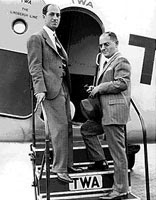 |
| "Good Health" 1911 Heines Kalmsteiner |
Welcome to the seventh day of Christmas 2018, the last day of the year. That means it's also New Year's Eve. We bookend our post tonight with two fine examples of the work of the superb illustrators and graphic artists who were part of the Wiener Werkstatte, a Vienna Succession movement in the early 20th century in Europe.
Happy New Year 2019!
 |
| Happy New Year, Postcard 149 Karl Dellavilla, ca. 1908 |
Sources
Photos and Illustrations:
theviennasuccession.com
Text:
bbc.co.uk




















